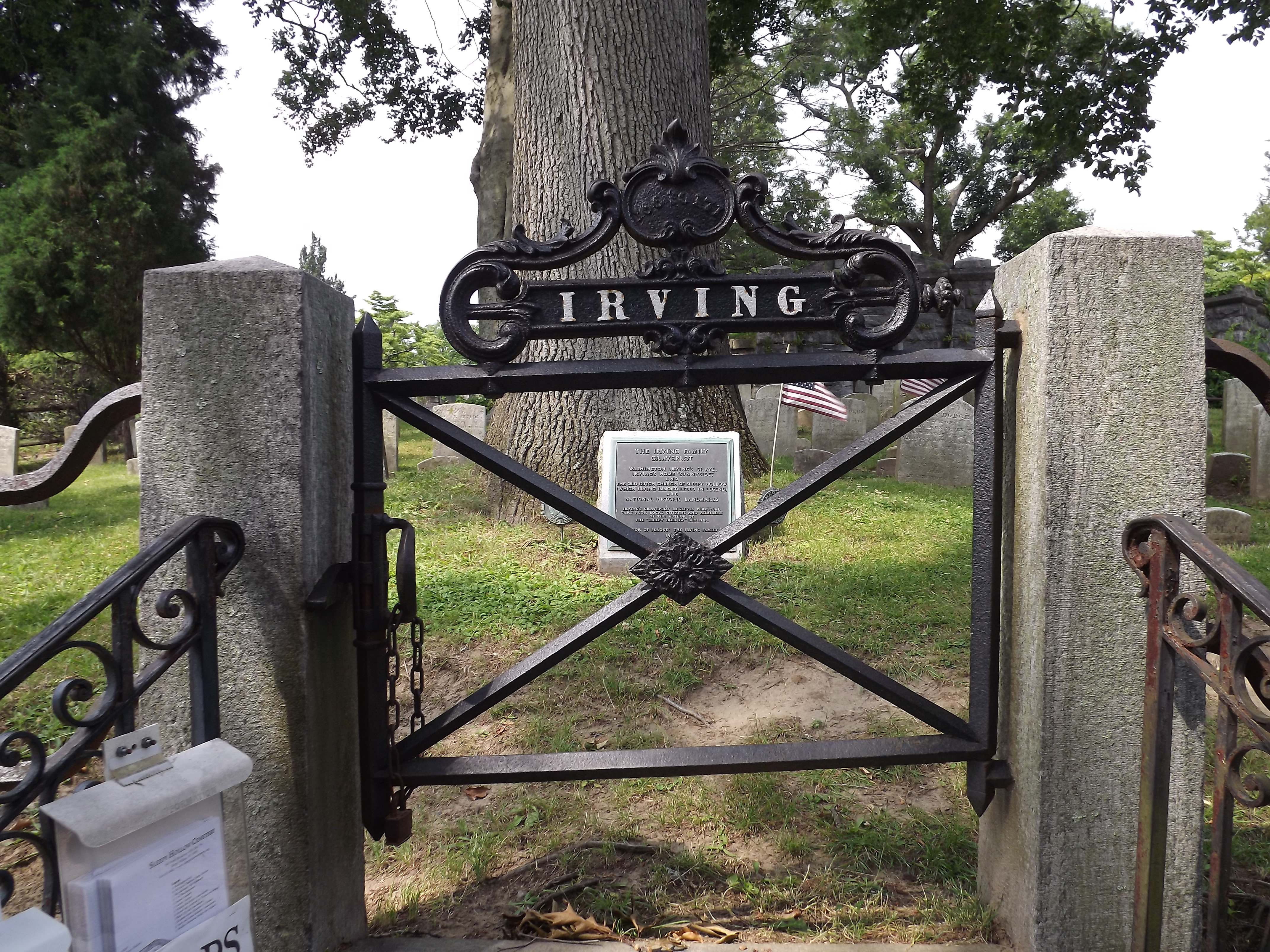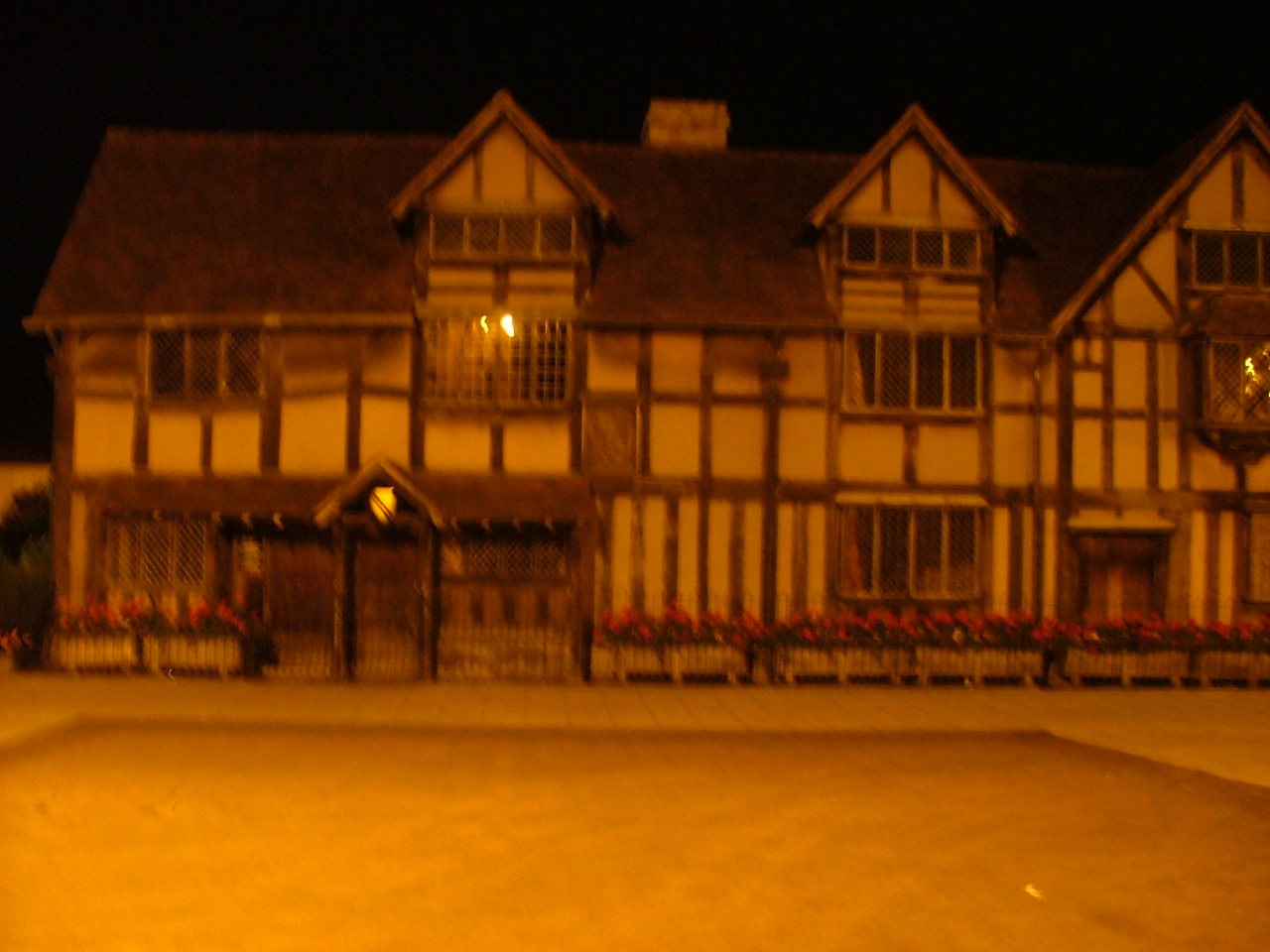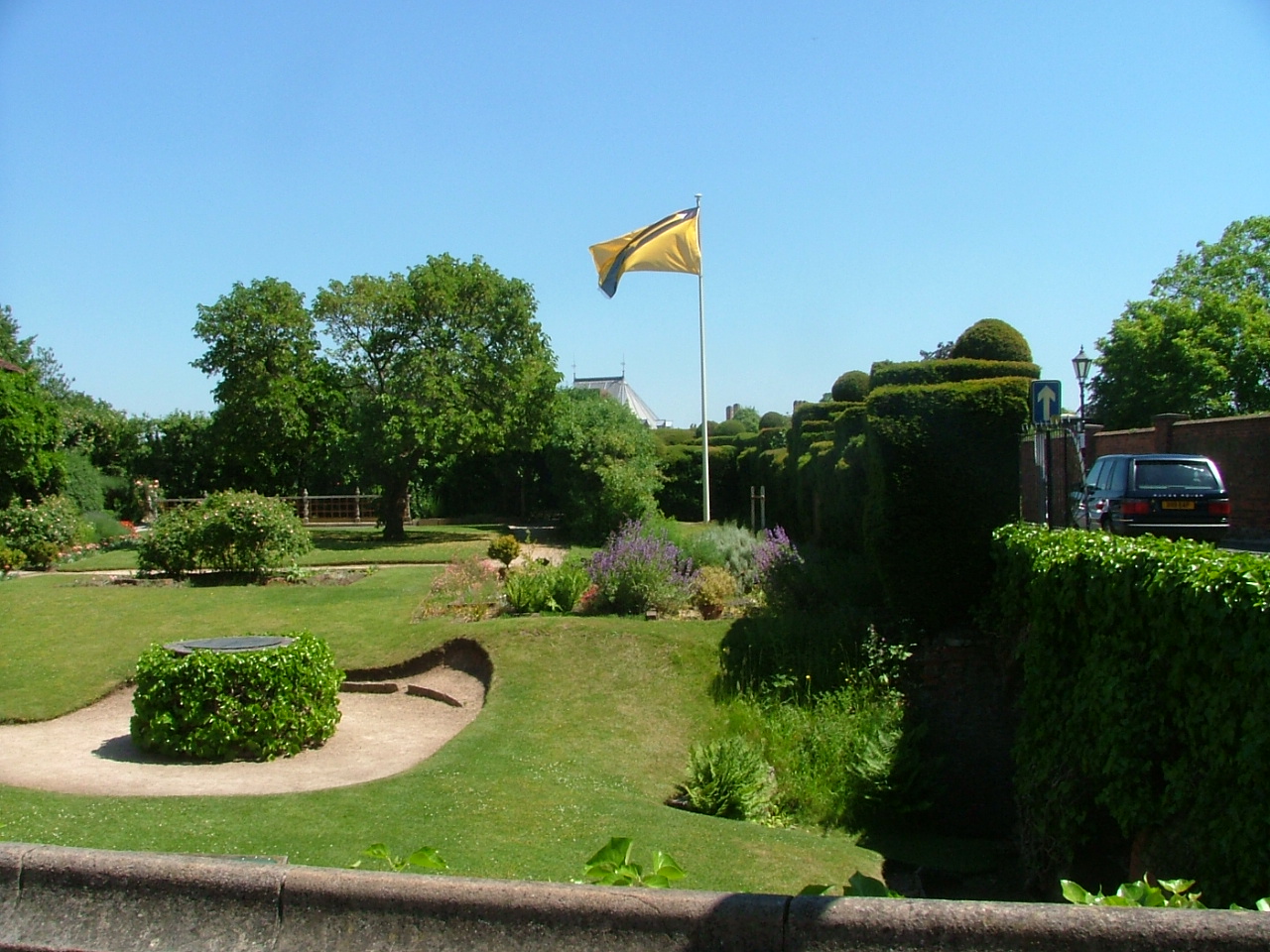In making my final preparations for the Great Northern Migration, I have been attending to certain things which have, for whatever reason, escaped that attention for the duration of my New York/New Jersey existence. One of these things is a trip to the sleepy little village of Sleepy Hollow.
Yes. The Sleepy Hollow. Ready for some history?
Washington Irving was born in New York City on April 3, 1783. In 1798, a Manhattan outbreak of yellow fever prompted the Irvings to send young Washington to live with some family friends in Tarrytown (Sleepy Hollow is a tiny speck on the map right next to Tarrytown). Sleepy Hollow must have left an impression since Irving wrote The Legend of Sleepy Hollow during the subsequent seventeen-year span when he was living in Europe and it was published with a collection of his short stories in 1820. Irving returned to America in 1832 and traveled for two years before he purchased a home in Tarrytown (which he named “Sunnyside”). Irving died on November 28, 1859 and was buried in the Sleepy Hollow Cemetery on December 1st. The “Sleepy Hollow Cemetery” was actually officially named the “Tarrytown Cemetery” right up until an 1849 letter from Irving suggesting the name change in order to preserve the Cemetery via Irving’s literary fame.

The Bridge
Well… it worked. Today, the entire area is steeped in Irvingism from the nearby Horseman Diner (AWESOME sweet potato fries!), to annual October readings of Irving’s piece at the Old Dutch Church, to a famed “Headless Horseman Ride” during which the horseman begins at the cemetery and rides horseback through the village (yes, it’s a village… not a town, not a city). Without Irving, Sleepy Hollow would have remained sleepy, a nearly-invisible speck on the map. Also on view in the cemetery are several graves from the Van Tassel clan. Apparently Irving stole the name from a local family and Katrina herself is believed to be based upon local resident Eleanor Van Tassel Brush (noteworthily, Eleanor’s aunt was named Catriena Ecker Van Tessel).
So as I strolled the scenic graveyard and langoured in the afternoon light within the arches of the Old Dutch Church, I couldn’t help but recall the long tradition of which I was

the Irving family plot
partaking. Literary tourism is a noble institution famously popular during the nineteenth century. The Romantics, it turns out, had a penchant for visiting Burns’ cottage and Shakespeare’s house. Today, literary tourism remains popular as people flock to Dublin on June 16th to celebrate Bloomsday and continually visit the birthplaces and dwellings of authors such as Poe, Wharton, and Faulkner.
There are two kinds of literary tourism: the first being an inclination to visit the places described within a story (i.e. Bloomsday tourists visiting Dublin a la its depiction in Joyce’s Ulysses or the crowds of people who visit Verona to see Juliet’s balcony), and the second being a desire to see the residences of the authors themselves (see above examples). Sleepy Hollow encompasses both. I can stand at Irving’s grave and see, just beyond the hill, where the Horseman’s bridge once was (it has since been demolished and replaced with a plaque marking its passing and a modern car-bridge).
Shakespeare’s own residences have undergone a more-than-slightly humorous past. Today when you go to Stratford upon Avon, you are welcomed to visit the several historical residences in and around the town by the Shakespeare Birthplace Trust, an organization

Shakespeare's Birthplace on Henley Street (back end)
founded in 1847 following its purchase of the Shakespeare Birthplace house on Henley Street and said house’s categorization as a national monument. The Trust owns and maintains five historic properties as well as a library which houses a treasure trove of Shakespearey goodness (including, by the way, an archive of footage of RSC productions and sundry other video Shakespeare projects…but I digress).
This was not always the case.
Shakespeare was survived by his wife Anne (Hathaway-then-Shakespeare) and his daughters Judith (Shakespeare-then-Quiney) and Susanna (Shakespeare-then-Hall). Upon Dear William’s death in 1616, his birthplace was bequeathed to Susanna and kept in

the more-famous front of Shakespeare's Birthplace on Henley Street
the family until 1806 when a local butcher (Thomas Court) purchased it. By this point in time, New Place (Shakespeare’s adult residence) had burned down leaving only its foundation (there is an amusing anecdote about a previous owner desecrating the property since he was tired of tourists knocking on its door requesting to see it). The Shakespeare Birthplace, then, was the only surviving property directly linked to Shakespeare, though the Hathaway cottage as well as Hall’s Croft (both down the way) still survived. Upon the death of Court’s widow in 1846, the Shakespeare birthplace was put up for sale.

all that survives of Shakespeare's adult residence (New Place)
At this juncture, the house was in disrepair and shambles after hundreds of years of use without maintenance. No one cared about it and it was, in all likelihood, going to be left to rot. It was at this point that P.T. Barnum stepped in. The ultimate businessman, Barnum realized the great potential for the monument and offered/threatened to buy it and move it to the States brick by brick.
Well the Brits couldn’t have this. In retaliation to Barnum’s offer, several enraged private citizens founded the Shakespeare Birthday Committee and, backed by a few pretty hefty names in English lit at the time, raised the money to purchase the property and have it converted to a national monument. The Shakespeare Birthday Committee was subsequently re-named the Shakespeare Birthplace Trust and has remained a private organization ever since, operating solely off of donations and volunteer work rather than government funding.
It takes a certain kind of person to care about this sort of thing, be it an American author’s final resting place or the house in which an English author was born. Often-times they seem like bastions of fiction within reality; tethers between this world and another invented one. Places of creative storms of brilliance which, when visited, leave impressions upon the traveler that time cannot fade. What I have noticed is that each has its own sense of peace, of calm, of stillness as though, at any moment, the storm may strike again.
P.S. All photos here were taken by me at some point or another. As such, they are mine and copyright me. Don’t steal ’em!







